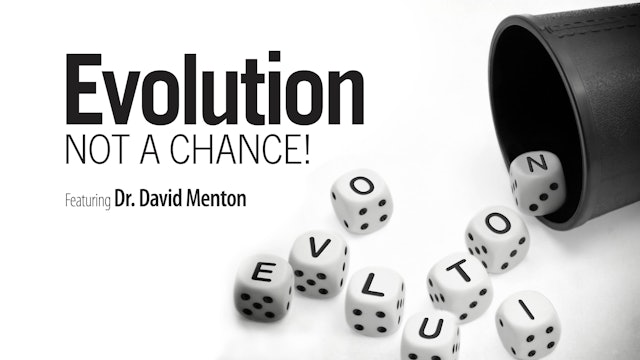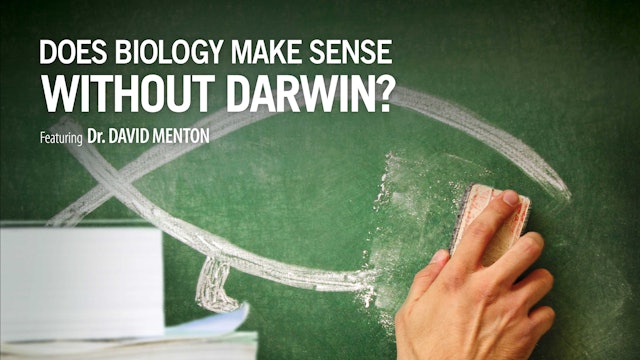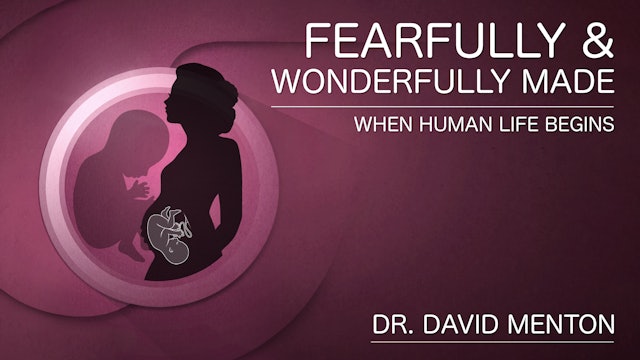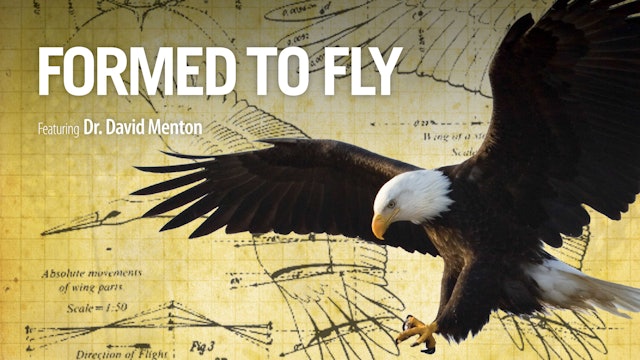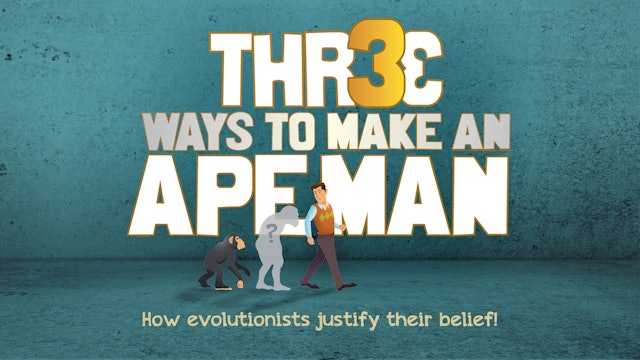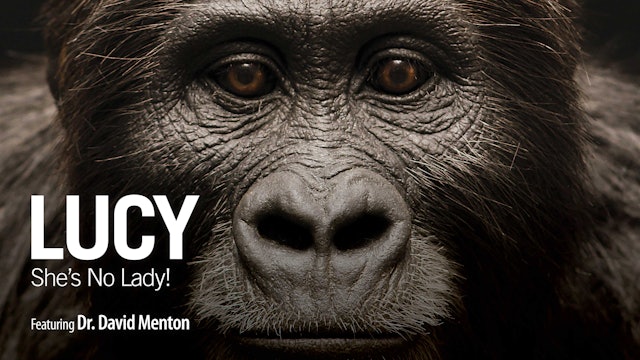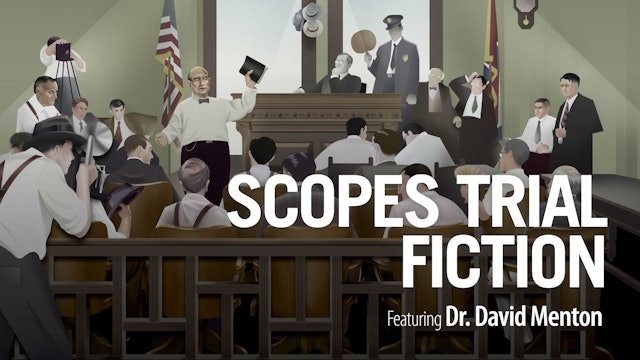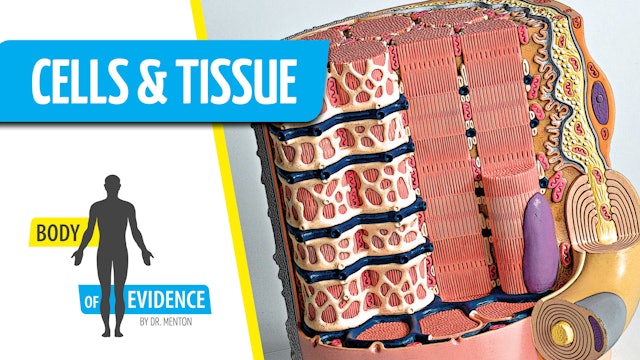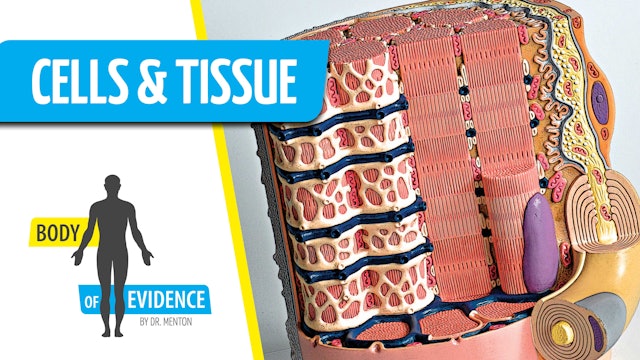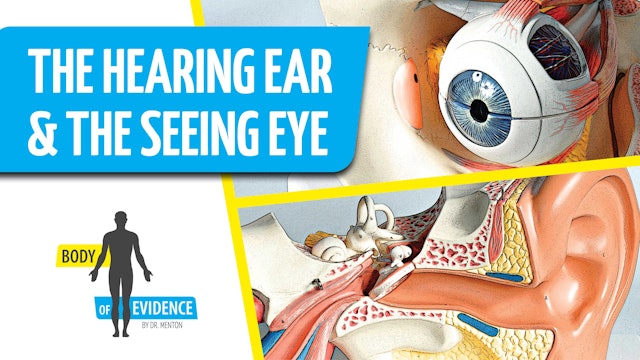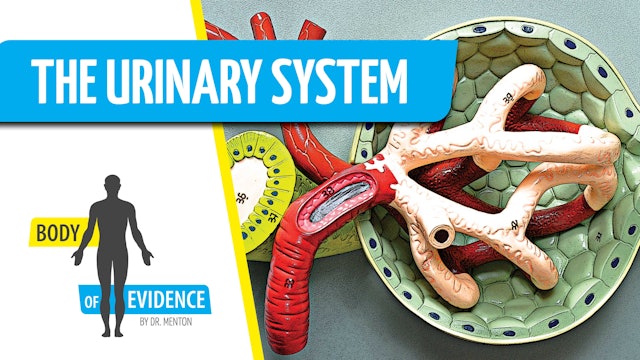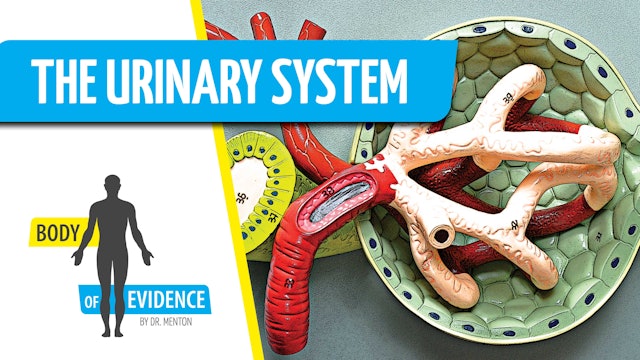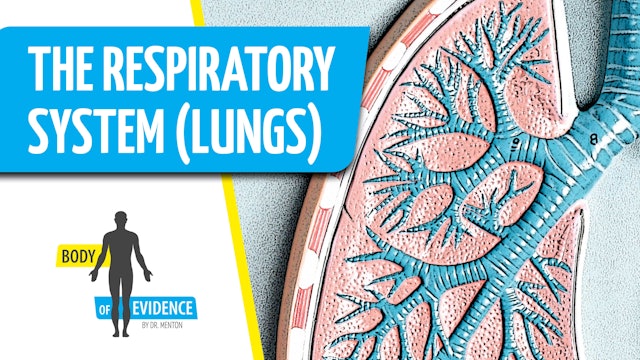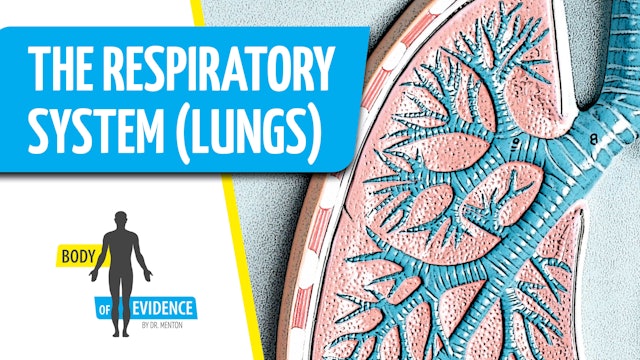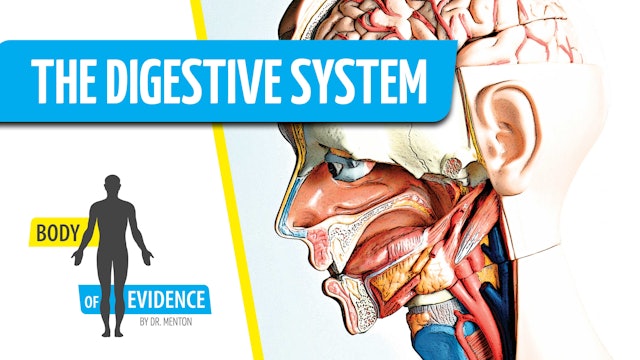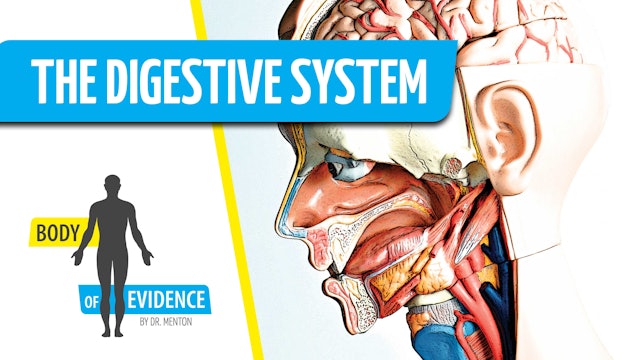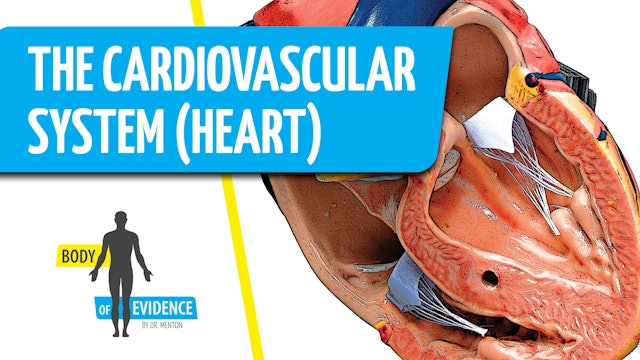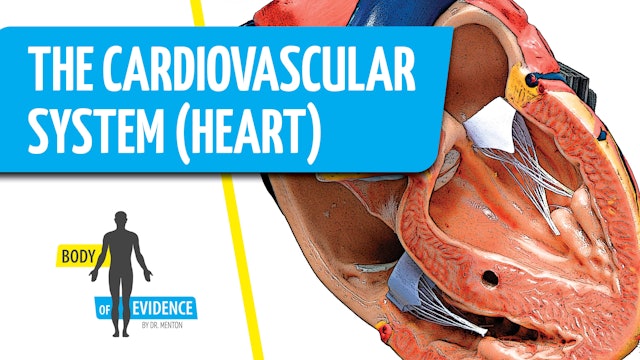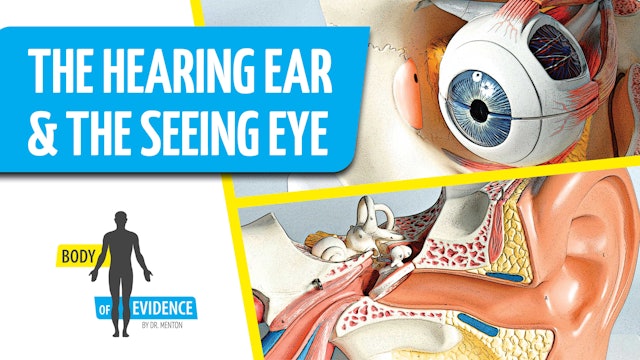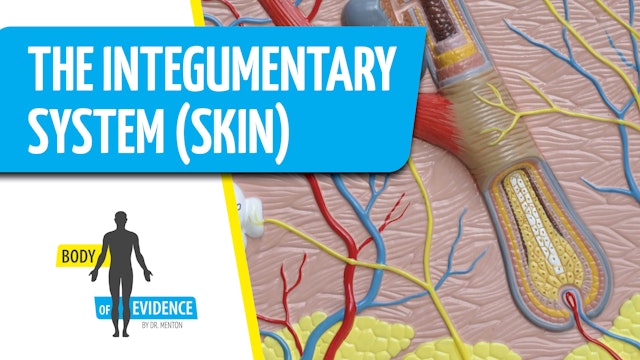Anatomy with Dr. Menton
Dr. David Menton 1938-2021
Dr. David Menton held a PhD in biology from Brown University and served as an award-winning professor at Washington University School of Medicine in St. Louis for 34 years. He retired as an Associate Professor Emeritus and served with Answers in Genesis as a speaker, writer, and researcher. He retired from Answers in Genesis in August 2021 and passed into the presence of our Lord on December 11, 2021.
Dr Menton also has a series on Microscopic Anatamy: https://answersingenesis.vhx.tv/the-menton-collection-of-microscopic-anatomy.
-
Evolution: Not a Chance - Dr. David Menton
Using practical illustrations, popular scientist Dr. David Menton captivates viewers with fascinating illusions as he explains that evolution doesn't stand a chance when compared to the truth of science, and most importantly, God's Word.
-
Fearfully & Wonderfully Made 2 (2015)
When does life begin? What does the embryological development of the human body tell us about our Creator? Find sound biblical answers to these questions and many more from Dr. David Menton.
-
Fearfully & Wonderfully Made (2005)
You have never seen a presentation regarding the value and dignity of human life that is as powerful and as respectful as this. The question is not when does life begin, but when does a person begin?
-
Fearfully & Wonderfully Made 1 (2015)
When does life begin? What does the embryological development of the human body tell us about our Creator? Find sound biblical answers to these questions and many more from Dr. David Menton.
-
Does Biology Make Sense Without Darwin? - Dr. David Menton
Biology makes even more sense without evolution! When we start from a biblical perspective, we can understand the world around us—no Darwin required.
-
Fearfully & Wonderfully Made (2019)
In this presentation, Dr. David Menton explains the development of an infant from the embryo to birth. Explore the amazing sequence of fertilization, implantation, development of the placenta, and finally the birth process itself.
-
Hearing Ear & Seeing Eye (2020)
The ear and the eye are amazingly complex organs that allow us to sense the world around us. Are they the result of a cosmic accident or the work of a highly intelligent Creator?
The Ear - Learn the functions of the outer, middle and inner ear. Hear how sound waves are received by your ear, tu... -
Formed to Fly
This illustrated lecture explains that the current view of bird evolution via dinosaurs is far from probable and goes against all observable evidence.
-
Three Ways to Make an Ape-Man (2013)
only the award-winning Dr. David Menton can take a human skeleton and a table covered with skulls, and immediately make them fun for anyone. With his trademark witt, this world-class anatomist debunks popular ape-to-man skull restorations. See "hard evidence" that confirms the truth of the Bible....
-
Lucy‚ She's No Lady!
Confused about the discovery of Lucy, a missing link‚ between chimps and humans? Anatomist Dr. David Menton leaves no doubt that the famous Lucy‚ fossils belong to a knuckle-walking, apelike creature, who was not a lady!
-
Scopes Trial Fiction
Dr. David Menton exposes the distortions and inaccuracies in the play and movie Inherit the Wind, an influential propaganda piece that has deceived a whole generation.
-
Cells & Tissue 1
Join Dr. David Menton and his students as they turn to the microscope to better understand how the various organs and organ systems work.
-
Cells & Tissue 2
Join Dr. David Menton and his students as they continue to get under the microscope to better understand how the various organs and organ systems work.
-
Hearing Ear
our ears are incredibly designed for their purpose. See the Creator's handiwork, and discover how your ears do their work, with teaching from Dr. David Menton.
-
Urinary System 2
Part 2: Dr. David Menton uses human anatomical models, microscope imaging, and detailed computer illustrations to describe the importance and incredible design of the human kidney.
-
Urinary System 1
Part 1: Dr. David Menton uses human anatomical models, microscope imaging, and detailed computer illustrations to describe the importance and incredible design of the human kidney.
-
Respiratory System (Lungs) 2
Part 2: The human respiratory systemof which the lungs are the largest componentis the most high-tech air purification and conditioning system on earth.
-
Respiratory System (Lungs) 1
Part 1: The human respiratory systemof which the lungs are the largest componentis the most high-tech air purification and conditioning system on earth.
-
Digestive System 2
Part 2: The average person eats about 100,000 pounds of food during his lifetime. Have you ever considered what happens in the body to make use of all those grains, meats, and vegetablesplus all those fun sweets?
-
Digestive System 1
Part 1: The average person eats about 100,000 pounds of food during his lifetime. Have you ever considered what happens in the body to make use of all those grains, meats, and vegetablesplus all those fun sweets?
-
Cardiovascular System (Heart) 1
Part 1: The cardiovascular system (the heart and blood vessels) is the most vitally important organ system in the body. Your heart pumps blood, and your blood vessels channel and deliver nutrient-rich oxygenated blood throughout your body.
-
Cardiovascular System (Heart) 2
Part 2: The cardiovascular system (the heart and blood vessels) is the most vitally important organ system in the body. Your heart pumps blood, and your blood vessels channel and deliver nutrient-rich oxygenated blood throughout your body.
-
Seeing Eye
Eyes are said to be the windows to the soul. But they're also windows into God's incredible handiwork. Discover how your eyes are able to see and how they point to the one who made "the seeing eye."
-
Integumentary System (Skin) 1
Part 1: The skin is the largest organ in the body and the one we are probably most familiar with. It is right there before our eyes every day, but without the aid of a microscope we cannot really appreciate its complexity and many important functions.



